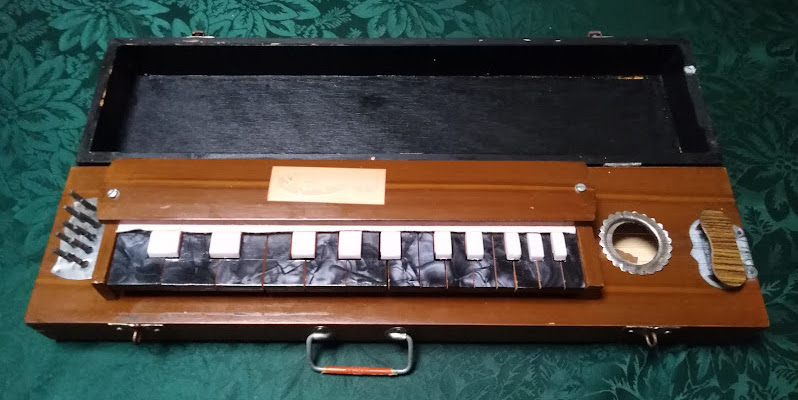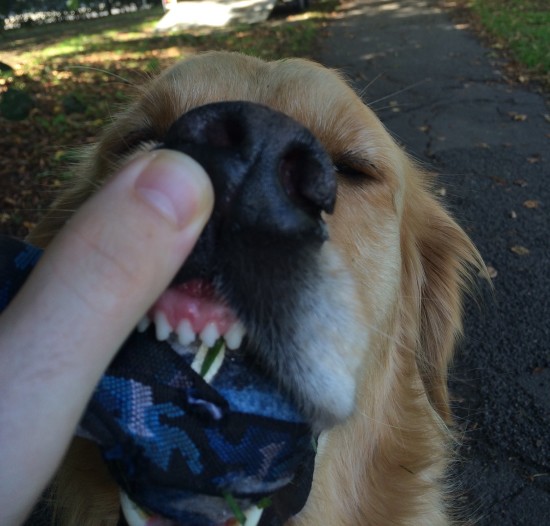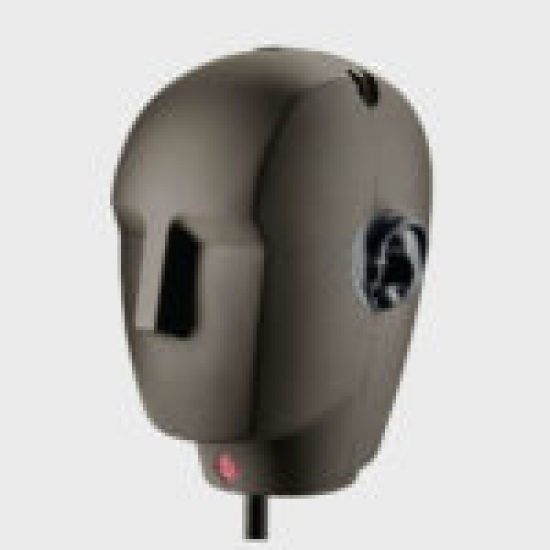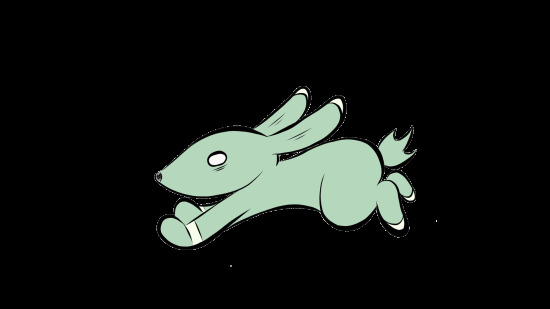
The story
I found this on Facebook marketplace advertised only as ‘Indian instrument’, and a bit of research was required to find out what it actually was. 45 Australian dollars later I was the proud owner of a Bulbul Tarang, in surprisingly playable condition after tuning and removal of some broken strings. The Bulbul Tarang, sometimes also called the ‘Punjabi Banjo’, is an adaptation of the Japanese Taishogoto, itself probably descended from the keyed and fretted zithers of Europe and the Middle East. The name is Punjabi for ‘Waves of Nightingales’, which the sound of the instrument is thought to reflect. There are 2 drone strings tuned to unison tonic, fifths or octaves, and a number of melody strings tuned in unison or octaves which are impressed by the keyboard to change the pitch. The strings are plucked or strummed with the right hand and the keys operated with the left in a similar fashion to instruments such as the nyckelharpa or hurdy-gurdy.
The instrument generates some very interesting harmonics / complementary notes by vibration of the strings at the opposite end of the key, which has informed the sampling approach. The first option was a deep sampled, authentic replication of the physical instrument, with every key sampled to retain the individual character of each note. The second was a perhaps more usable, digitally manufactured instrument, generated by re-tuning the open strings across an octave or so and stretching the pitch to give the instrument a reasonable range while eliminating the strange sounds generated by the strings.
I sampled for both options, but during instrument development opted to focus on the ‘digital’ version due to the huge workload involved in processing all of the samples for 4 RR x 4 VL x 23 notes, though I hope to eventually make the ‘authentic’ instrument as well.
I also sampled the drone strings at multiple RRs and 3 different pitches, then realised that with the extended range of the digital instrument I would have to lower the drones by at least 1 octave (for the lowest) to keep them as a root-note. Thus it made more sense to use only the lowest-tuned samples, which would require the least pitch-shifting to get to the specified drone note. Due to the exponentially increasing complexity of the instrument at this point, I also decided to forgo the RRs on these drones, which didn’t seem to be suffering from ‘machine-gunning’ anyway with all the other stuff going on with each note. The drones are activated / pitched by keyswitch.
Secondly I bowed the instrument at each tuning, thinking to create a nyckelharpa-like instrument, but during building it became clear the samples lent themselves far better to a kind of textured string pad. For practical reasons I couldn’t bow the drone strings independently – I considered adding drone options using the lowest pitch samples, then realised it would be far simpler and more effective to just lower the range of the whole instrument and give the user more fine control over the low register.
I also recorded tremolo samples, which once I started building became clear would work far better as a kind of ‘swarm’ instrument due to the speed changes with repitching. This is the 3rd patch. The keyswitchable drone is included here, which I find mostly functions as a way to provide an underlying rhythm to the ‘chaos’ of the swarm sounds.
All 3 instruments include key-press and key-release noises, with volume controllable by dials on the bottom right. The modwheel is linked to raw instrument volume.
In the end I did not include a monophonic / legato option since SIPS doesn’t play nicely with the release triggers, and the Kontakt factory unisono sounded invariably terrible. This is something else I’ll potentially try to explore further in an ‘authentic’ digital reproduction.
TL;DR:
Bulbul Tarang – basic plucked sounds with keyswitchable drone (C0 – C1, D1 off)
Bowbul Tarang – bowed textures with extended lower range
Bulbulbulbul Tarang – tremolo / swarm instrument with drones included
Note the drones are pitched an octave above the keyboard position to avoid conflict with the main instrument (highest drone is unison with lowest note on the instrument, C2).
Bulbul Tarang demo
Information about the Bulbul Tarang
Reviews for Bulbul Tarang
- Sound
- Character
- Playability
- Inspiration
- GUI
Leave a review to let others know what you thought of the instrument!
Fantastic
Awesome sounding instrument, and the drone is a fantastic inspiring addition.
Fun, inspiring and versatile!
A great sounding and unique instrument with a surprisingly feature rich interface, and polyphony that is not possible with the real thing. Nice work!
A great folk instrument!
If you are familiar with Eamon's instruments, this might seem very simple at first, but it's actually a very well thought and crafted instrument! I especially like the Bowed patch, because it reminds me of some very well made folk music I'm familiar with. As a small note, I believe that having the D1 keyswitch coloured differently than the rest would be more user-friendly for someone who hasn't read the description.
I absolutely recommend it though, and I also have to say that I love the names :D
A unique instrument
Personally I like the normal playing of this the best (as keys, not bowed) because I believe it brings out the most of what the instrument is for and sounds the most authentic. That being said, the bowed version is a nice addition to it, I just personally don't like the sound as much (bias). I do like the tremolo quite a lot!
Bowed Beauty
The bowed sound of this instrument appealed to me instantly. I can see myself using it on a piece of music or soundtrack for sure. The other patches are very usable too and have the classic 'ethnic' feel and flavour. The drone is a great addition and adds some more interest and possibility. Nice tremolo swarm too :-)





